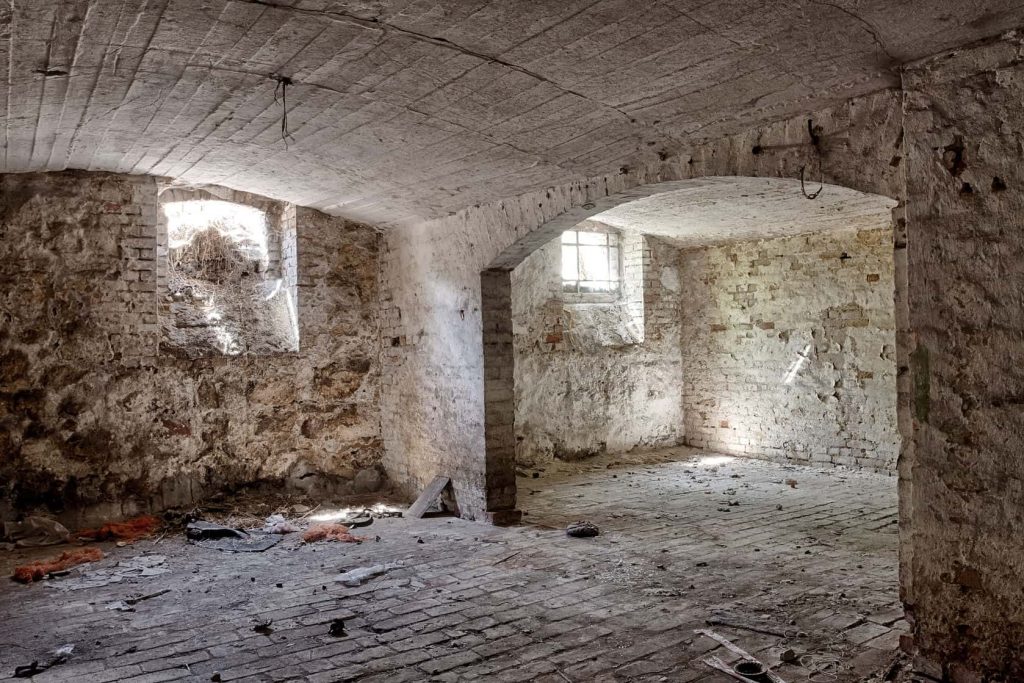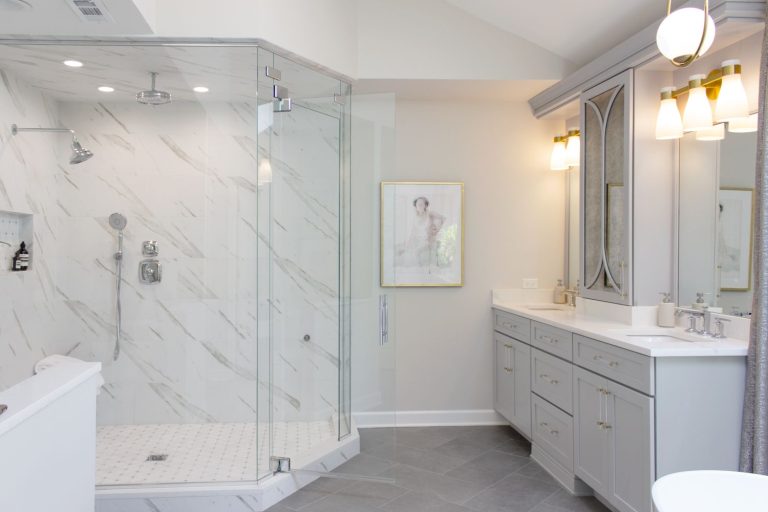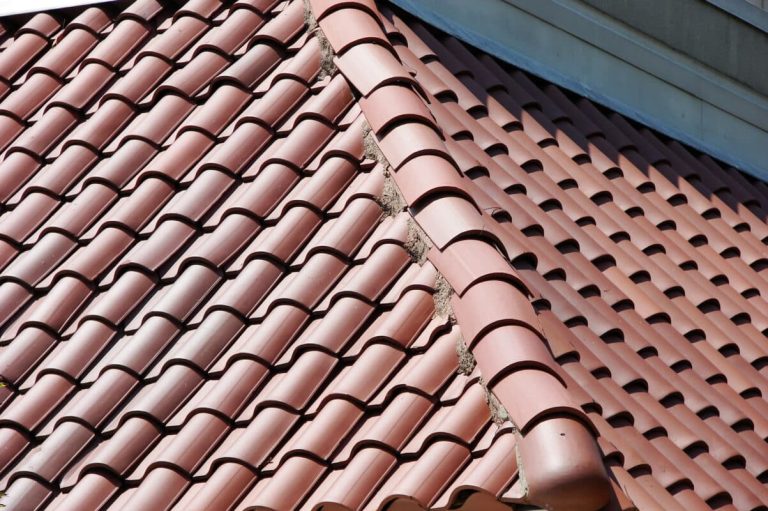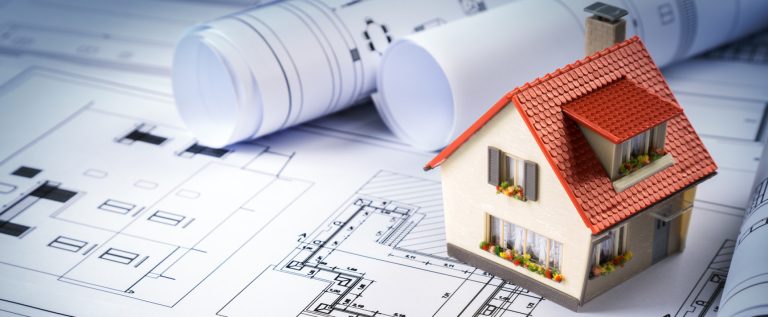The rising damp is a type of condensation on the walls and ceilings of building due to the penetration of water through the wall. It can occur for a variety of reasons: flooding, leaks, or poor ventilation resulting in high humidity in enclosed spaces. Outdoors, it can cause water damage to properties and networks within buildings as well as hydroelectric power generation issues. Here are factors that contribute to the rising damp:
Poor drainage
Water can get into the soil when it is excessively saturated and the water cannot drain out fast enough. This causes the water to rise to the surface of the ground or in building foundations or walls. This may result in significant problems like flooding.
Improper filling of the foundation
If this is not done properly, water may seep into the basement, walls and floors. This will cause problems with the structure of your house and cause damage to your walls and ceiling.
Improper basement ventilation
A poorly ventilated basement will result in dampness and humidity. When moisture-laden air gets trapped in this pocket, it can lead to rising damp on internal walls, cracks around windows and doors as well as rusting of the metal fixtures.
Shallow foundations
Shallow foundations, particularly those in areas with high groundwater levels, make your house susceptible to water damage. If the water level rises above your foundation, you may find your walls and ceiling affected by dampness.
Foundation vents
If these are blocked or restricted, your home can become susceptible to moisture-related problems like rising damp. It will also lead to poor air circulation which can cause mold growth on the walls and ceiling of your house.
Insufficient insulation

If there is insufficient insulation on your home’s foundation, water can seep into the walls and leave you susceptible to moisture-related problems like dampness. Improper insulation will result in higher energy costs and may lead to water damage on the wall that can bring structural problems to your home.
Water leaks in the roofing system
Water leaks from a roof can result in atmospheric moisture accumulating inside the interior of your house through walls and floors where the water accumulates.
Improper drainage of your basement
Problems with the basement drainage system can lead to dampness on walls and ceilings of your house. If the floor of the basement is flooded, it can cause dampness on the walls and ceilings.
Water leakage in the electrical system
Water that gets into your electrical system may result in moisture damage to walls, ceiling and various electrical components inside your home.



